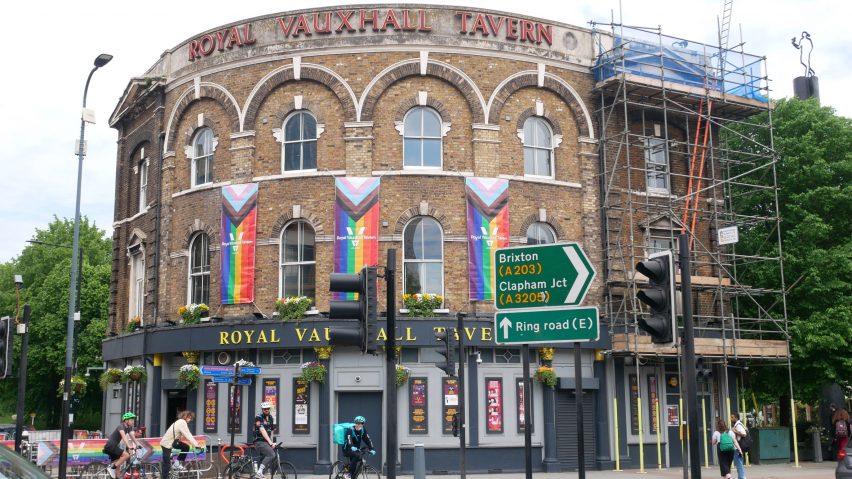
"Support is needed to keep queer and trans spaces alive" say LGBTQ+ designers
With Pride Month drawing to a close, Dezeen spoke with LGBTQ+ designers and researchers about the evolution of queer spaces and how architects can help protect them.
Designers are calling for the protection of venues used by the lesbian, gay, bisexual, transgender and queer (LGBTQ+) community as safe spaces for people to express their identities.
"There has been an uptick in attacks on queer spaces, through direct violence as well as through zoning laws and economic disenfranchisement that result in physical queer and trans spaces shutting down at a rapid rate," Canadian designer and researcher Lucas LaRochelle told Dezeen.
"Policy, governmental and economic support is needed for keeping physical queer and trans spaces alive and sustained."
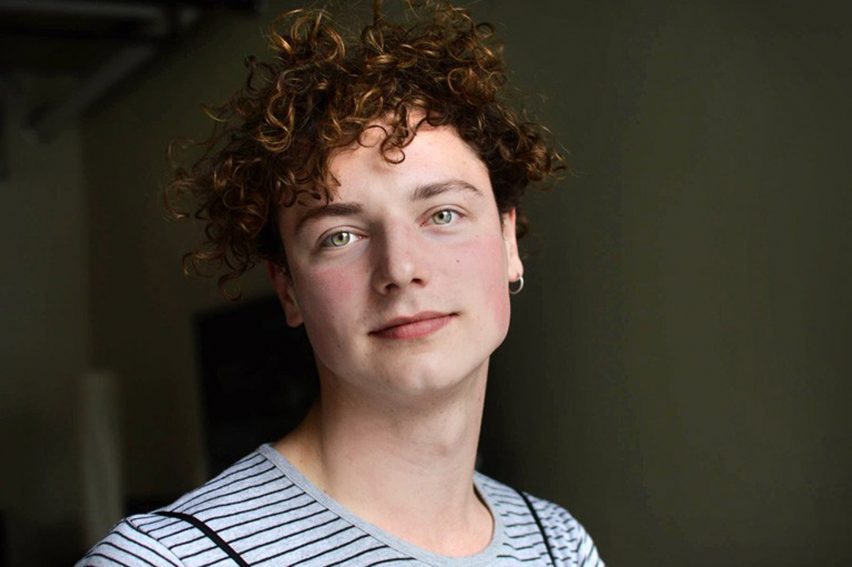
Bartlett School of Architecture professor of urbanism and urban history Ben Campkin said that a series of closures made the remaining queer venues more important than ever.
"In London in the 2010s there was a crisis of venue closures, which led to an assertion of what was valuable about those spaces, including how they were linked to the history of LGBT social movements, but also their provision of important resources in the present," he explained.
"Recently, in many cities, there's been a surge of public interest and activism, which has been driven by a sense of threat to certain LGBTQ+-associated neighbourhoods and spaces, including long-standing venues which facilitated earlier liberation movements."
A report co-written by Campkin, who recently wrote the book Queer Premises: LGBTQ+ Venues in London Since the 1980s, found that between 2006 and 2017 the number of LGBTQ+ venues in London had decreased from 125 to 53. And many of the remaining spaces remain under threat.
He believes that heritage recognition initiatives such as Historic England's Pride of Place, which highlights venues in the country that have historically welcomed the queer community, can help protect LGBTQ+ spaces.
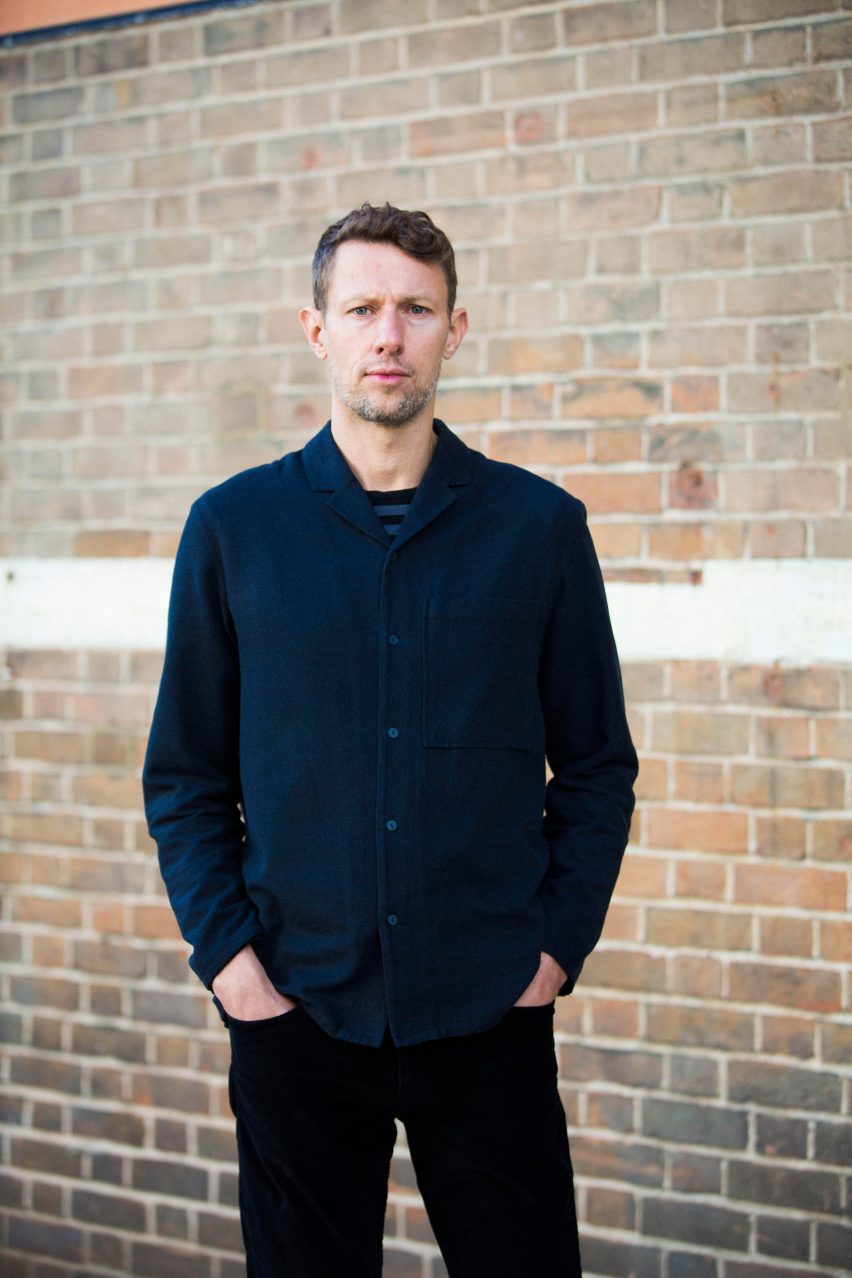
Designer Adam Nathaniel Furman agreed that LGBTQ+ spaces have become increasingly important in the UK in recent years.
"For a few years after 2014, when same-sex marriage in the UK came in, it looked like queer spaces might end up becoming obsolete, but very rapidly it's come back to the point where they are absolutely necessary because we're not safe," Furman said.
Police figures obtained by Vice News pointed to dramatic increases in reports of homophobic and transphobic hate crimes between 2016 and 2021.
Furman recently co-edited the book Queer Spaces, which documents 90 LGBTQ+ venues and buildings from around the world.
Types of queer spaces are broadening, trending away from bars and nightclubs to spaces that focus on community connections.
"A lot of people have been talking about queer spaces over the past decade or so as specifically nightclubs and bars," Furman said.
"That's a very historically specific queer space type that was needed at the time, but there are many, many other types of spaces which are suitable and necessary for contemporary society," they continued.
"Nightclubs and bars are on the way out and we're seeing a rise in bookshops and cultural centres."
Furman believes that these LGBTQ+ spaces are also changing to become more inclusive towards non-binary and trans people.
"The fact that we're using the word queer shows that the care and concern within the community have very much broadened to accommodate people who are genuinely queer – there's less of an emphasis on sexuality and more focus on people who are gender non-conforming and trans," explained Furman.
"The traditional spaces didn't necessarily very easily accommodate that. They tended to be focused more on the binary of lesbian and gay, and I think now there is so much more interest in being supportive to everyone who identifies as queer."
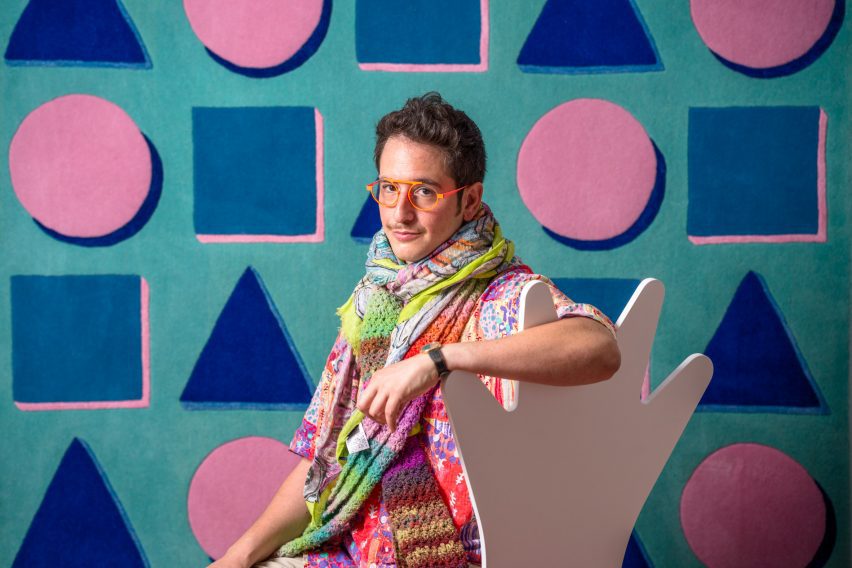
What constitutes a queer space is up for debate. LGBTQ+ activists began to reclaim the term "queer" from its derogatory connotations in the 1980s, and some still consider the concept of queer spaces to be inherently political.
But Campkin explained that this is not always the case.
"The term 'queer space' encompasses many things," he said. "It can refer to politically radical spaces – or occupations of space – that are anti-normative, which work against oppressive cis-heteronormative or homonormative, patriarchal and racist structures – which are reproduced through property dynamics and urban development under capitalism."
"Not all LGBT venues are queer in the political sense," he continued. "Some are highly commercial and are not looking to change the status quo."
LaRochelle, who founded the community-generated counter-mapping online platform Queering the Map to archive the experiences of LGBTQ+ people in relation to physical space, also questioned what is considered a queer space.
"I was really interested in the question of what constituted queer space and how we might think about queer space as something that is fluid and moving and itinerant rather than something that's fixed," said LaRochelle.
"The roles of archives that document the way in which queer and trans people experience and build space are really important in terms of imagining and prototyping the kinds of futures that we need and that we want."
As well as providing a safe place where LGBTQ+ people can feel a sense of community, queer spaces can also act as a model for how other public spaces can be more inclusive. An example is the growing number of gender-neutral public bathrooms.
"Attention has grown immensely on gendered spaces such as bathrooms and changing rooms, which underscores the importance of queer and trans spaces as places to prototype the infrastructures we need and want," said LaRochelle.
"Gender-neutral bathrooms – and generally not policing who goes into which bathroom – is something that emerged in queer and trans DIY spaces and has expanded into public spaces."
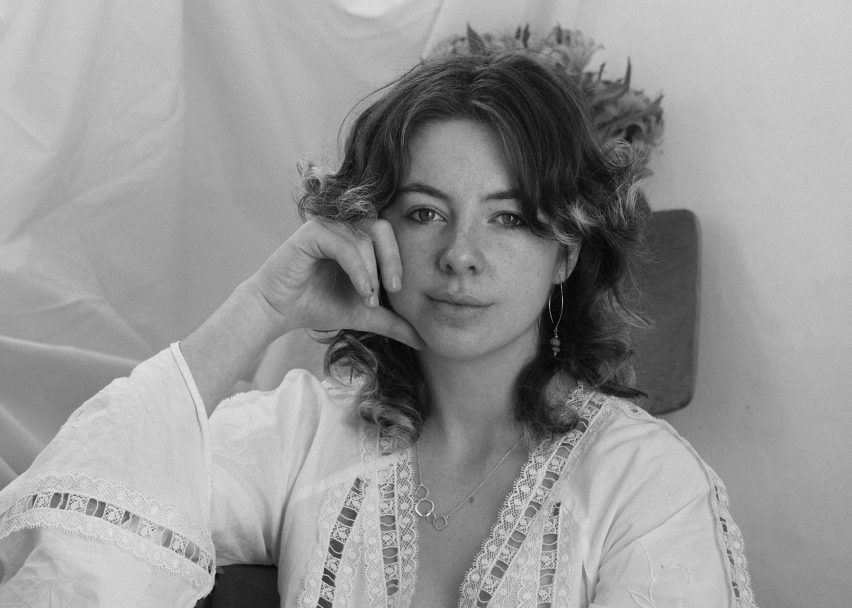
LaRochelle emphasised that inclusive design in the built environment is just one of the ways that LGBTQ+ people can be made to feel safer.
"Architecture is not enough to solve the problem, but it's a starting point in how spatial design can create new kinds of possibilities for how people move through an access space differently," they added.
"Any experts, whether researchers like myself or city authorities, planners, architects or designers, can listen to and learn from the ways that grassroots community organisations articulate the value, purpose and changing need for LGBT spaces," echoed Campkin.
"In a practical way, this could include inclusive design approaches that are intersectionally aware, attentive in planning processes to the limited spaces and resources of minorities, and which apply architectural skills to upgrade facilities to make them better suited to the present and future needs and to a wider spectrum of people," he said.
For Mary Holmes, co-founder of LGBTQ+ architecture support network Queer Aided Design, inclusive architecture comes from minority groups being included in the design process.
Although queer issues are now being discussed more openly in the architecture profession, she argues this is not always adopted in practice.
"We can show up at the table, but we don't necessarily have the room to move," said Holmes.
"Queer rights right now are under attack from so many directions," she added. "We don't live in a world that's safe for us as a community and to have the space to be together to imagine and practice an alternative reality where we do have freedom, where we can be together, is the most powerful thing – you can't do that in a room full of people who don't understand your identity."
"Practices are not going to be able to design spaces that are more sensitive and understanding to minority groups unless they actually allow those minority groups to bring in their knowledge or taste cultures into the design profession itself," agreed Furman.
Architect Sarah Habershon, who volunteers for the UK organisation Architecture LGBT+, commented that architecture practices need to make their work environments safer and more welcoming for queer people, as the number of LGBTQ+ people who qualify as architects is small.
"We are fighting against something much bigger and more systemic," said Habershon.
"Architects need to start thinking intersectionality within their practice," she continued. "If they're going to go out to clients and they're going to be having these conversations, they also need to make sure that they're supporting their staff in the first place."
Dezeen in Depth
If you enjoy reading Dezeen's interviews, opinions and features, subscribe to Dezeen In Depth. Sent on the last Friday of each month, this newsletter provides a single place to read about the design and architecture stories behind the headlines.